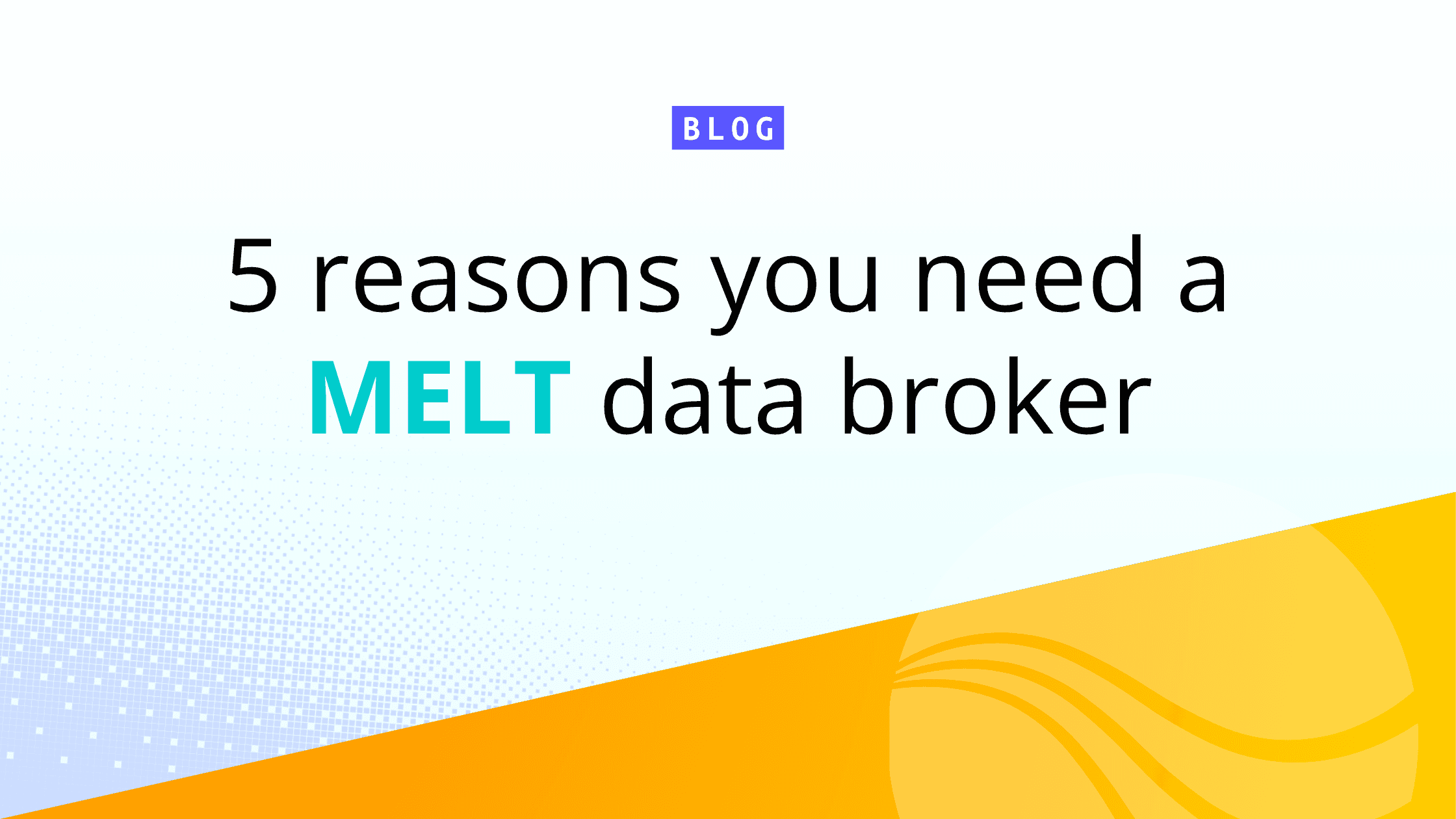In today’s digital era, data has become an integral part of every organization. The exponential growth of data continues to accelerate, with projections indicating a compound annual growth rate of 28% for data creation. While this surge in data presents vast opportunities, it also brings substantial challenges in terms of management and value extraction.
This is where the concept of a data engine comes in. It serves as the core of your data infrastructure, functioning like a central nervous system. It seamlessly collects data from diverse sources, processes it, enriches it with additional context, and ensures it is readily accessible to various teams within the organization.
The Challenges of a Scattered Toolset Approach to Data Management
Traditionally, organizations have relied on a patchwork of tools to manage their data. This siloed approach leads to several challenges:
Data Silos: Different teams often use different tools, creating a siloed data storage. This makes it difficult to get a holistic view of the data and hinders collaboration.
Data Redundancy: With each team using its own tools, there’s a high chance of data being duplicated across multiple systems, leading to wasted storage and increased management complexity.
Unnecessary Data Movement: Data needs to be constantly moved between different tools for processing and analysis. This data movement is inefficient and creates security risks.
Limited Agility: When data is locked into specific tools, adapting to new technologies or changing business needs becomes cumbersome.
Benefits of Implementing a Data Engine
A data engine, at its core, solves these challenges by putting the data itself at the center. This allows for greater control over data creation and facilitates any future needs your organization might have. Here’s how a data engine can revolutionize your data management:
Unified Data Intake: A data engine acts as a single point of entry for all your data streams. Instead of using multiple tools for different data sources, you can collect everything through the engine.
Streamlined Processing: The engine processes the data as it’s ingested, transforming it into a format usable by various downstream applications. This eliminates the need for separate data pipelines for each tool.
Enhanced Data Enrichment: You can enrich data with additional context within the engine itself. This could include joining data sets, adding external data sources, or performing any other transformations necessary to increase its value.
Flexible Data Routing: Based on pre-defined rules, the data engine can route the processed data from any source to any destination, such as data warehouses, data lakes, or specific analytics tools.
Data Replayability: Data engines that can also use stored data as fuel allow historical data to be enriched and routed through the engine similarly to live data, avoiding the trade-off between high cost storage and easy access
Mangeable Upgrade Process: Data engine architecture decouples the various stages of data ingestion, processing, storage, and search, which helps to de-risk the upgrade or replacement process by allowing organizations to focus on a singular or set of pieces at once
Building vs. Buying a Data Engine
When it comes to deploying a data engine, organizations have two primary options: building a custom solution or opting for a commercially available product. Choosing the best approach hinges on your organization’s specific needs and resources.
If your organization chooses to build a custom data engine, this approach grants you full control over the architecture. It allows for customization that precisely meets your organization’s unique requirements. However, it involves a considerable investment in development and ongoing maintenance.
In contrast, commercially available solutions provide quicker time to value and come with vendor support. However, these products may lock you into their ecosystem or restrict customization options. This is why tools like Cribl Stream help organizations avoid vendor lock-in by seamlessly integrating with any vendor for assured compatibility.
The Future of Data Engines
The future of data management is undoubtedly data-centric, and data engines will play a critical role in this shift. Shifting from a tool or platform-specific data strategy requires a modular, adaptable, scalable architecture. By centralizing data collection, processing, and routing, data engines empower organizations to manage the data deluge with a custom-build a system that optimizes their ingestion, processing, and distribution of data to unlock its full potential.
Additionally, as data architecture and management becomes more complex, data engines help to de-risk upgrading and replacing parts of the infrastructure by separating systems of collection, analysis, and retention, as well as providing full visibility and control over data as it flows through the engine. For modern organizations struggling with modernizing their infrastructure without disrupting business operations, this makes data engines an essential component of their future data management strategy.
If you’d like to learn more, check out this on-demand webinar.







